EDITORIAL
Published on 05 Jun 2018
Editorial: Comparative Studies of Energy Homeostasis in Vertebrates
doi 10.3389/fendo.2018.00291
- 1,841 views
27k
Total downloads
137k
Total views and downloads
Select the journal/section where you want your idea to be submitted:
EDITORIAL
Published on 05 Jun 2018
REVIEW
Published on 20 Nov 2017
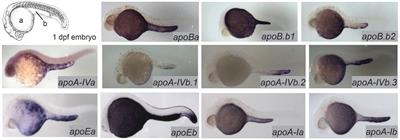
REVIEW
Published on 01 Sep 2017
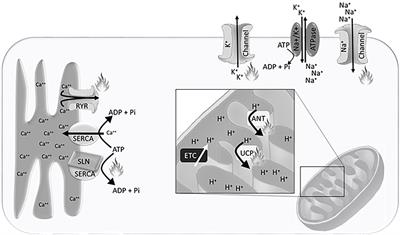
MINI REVIEW
Published on 22 May 2017
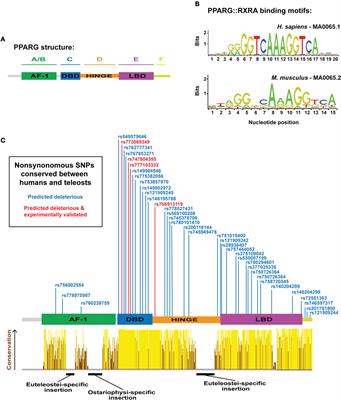
ORIGINAL RESEARCH
Published on 08 May 2017
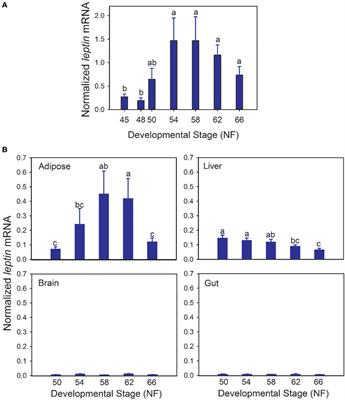
REVIEW
Published on 21 Apr 2017
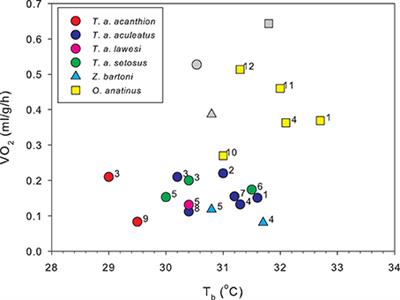
REVIEW
Published on 18 Apr 2017

REVIEW
Published on 13 Apr 2017

HYPOTHESIS AND THEORY
Published on 10 Apr 2017
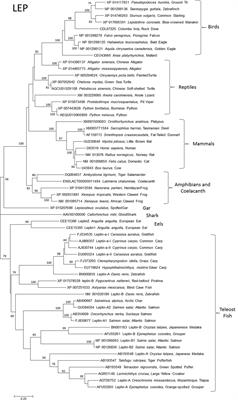
REVIEW
Published on 07 Apr 2017
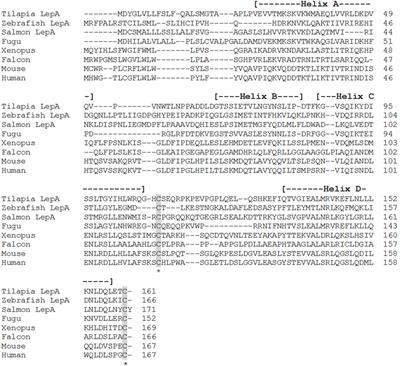
REVIEW
Published on 02 Mar 2017

MINI REVIEW
Published on 26 Jan 2017

Frontiers in Neuroscience